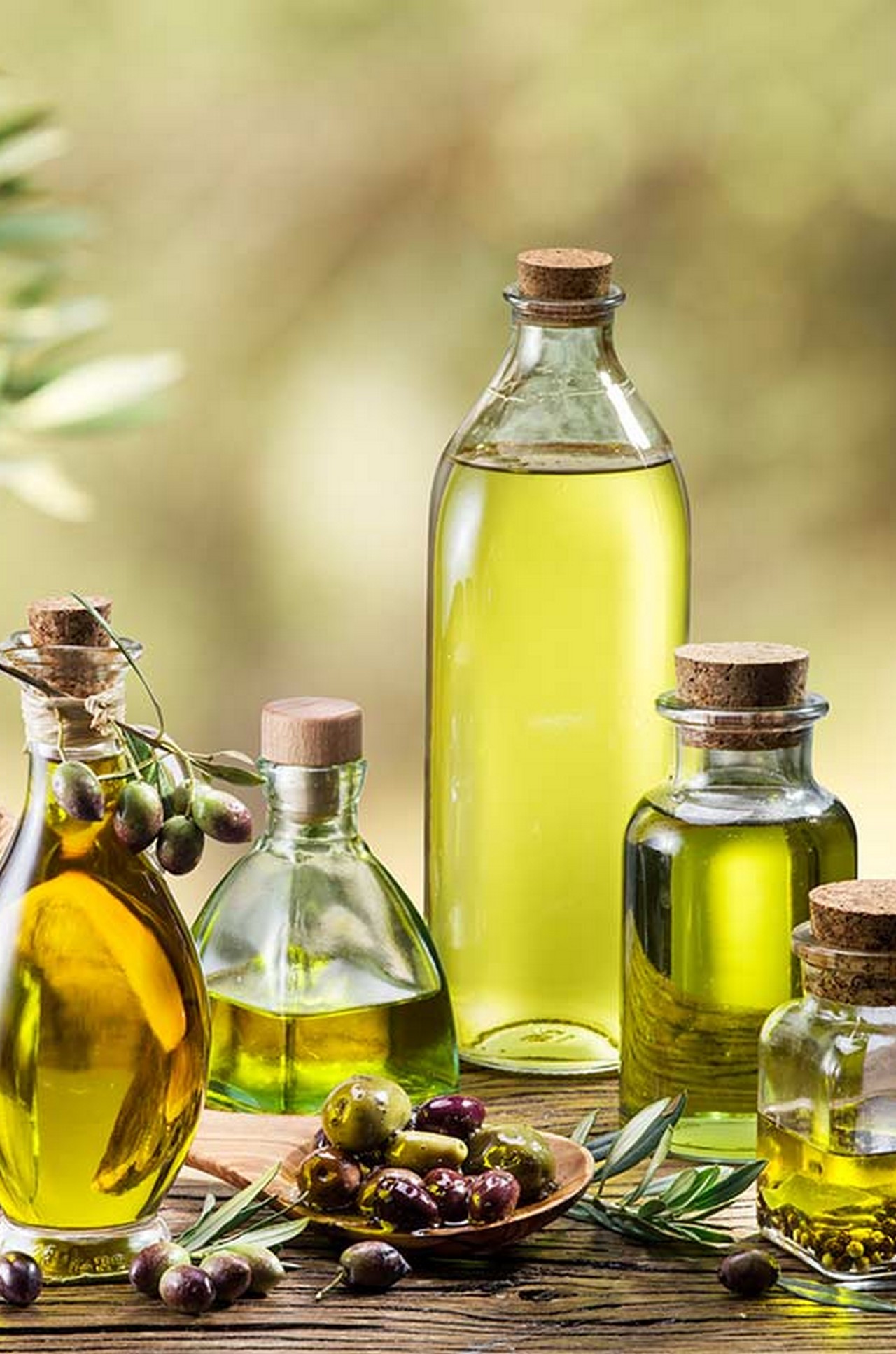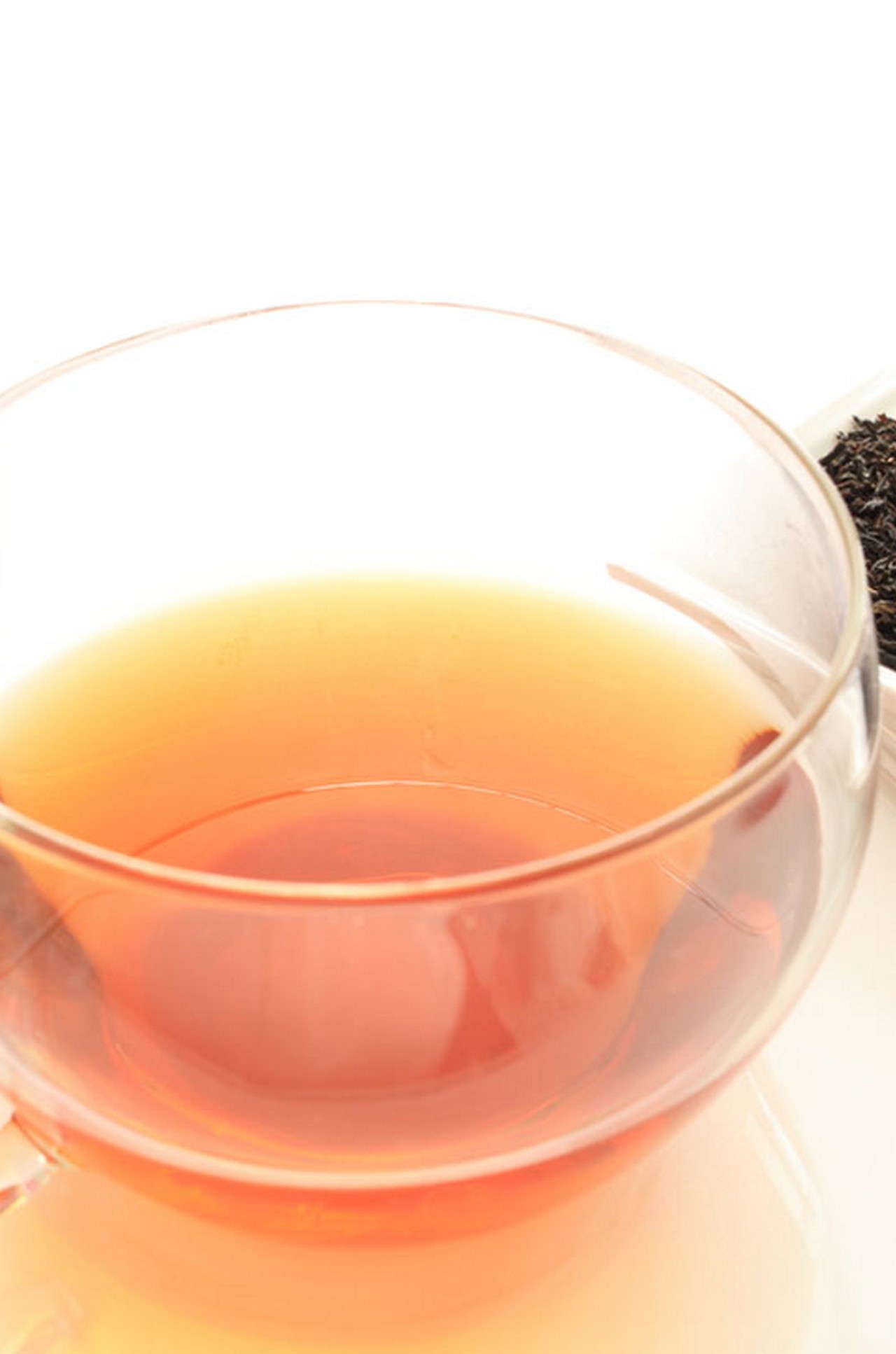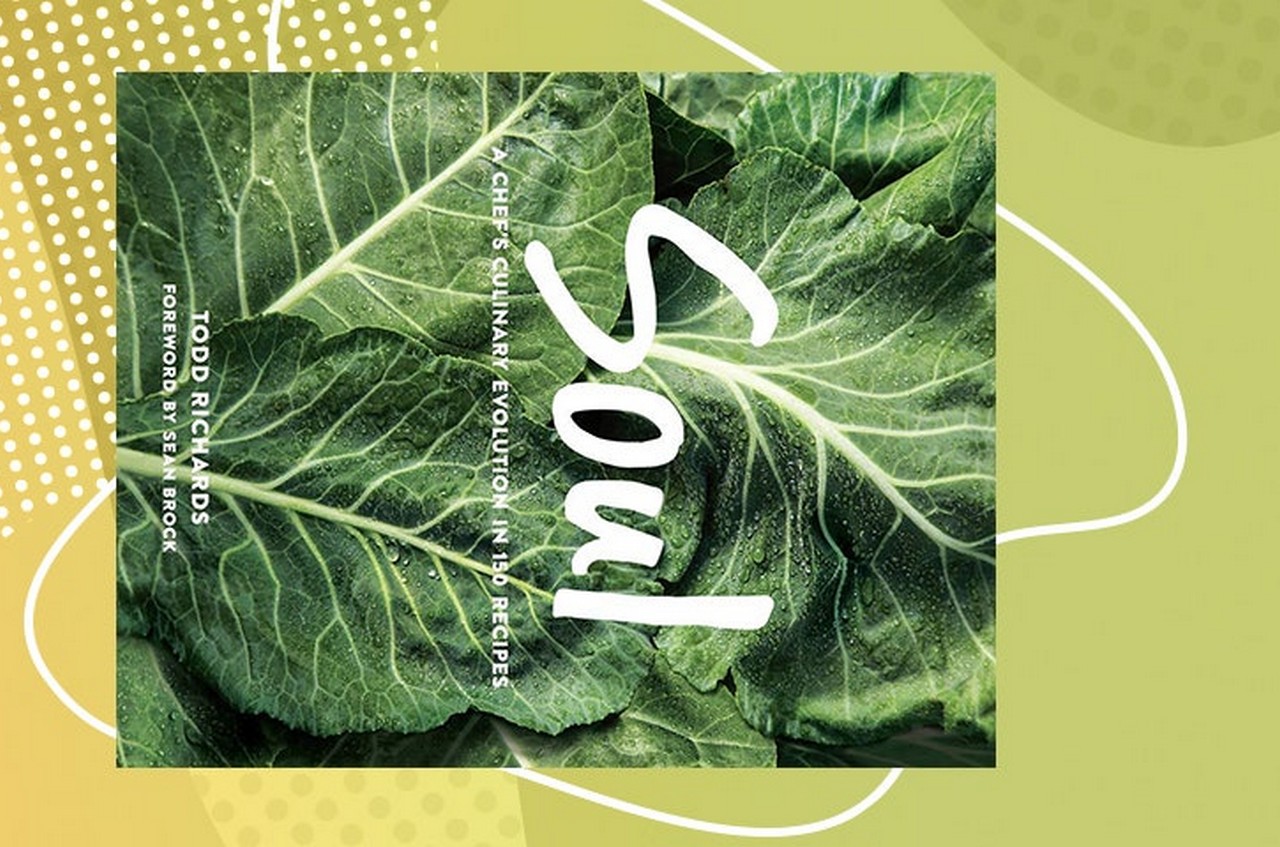
A cataract is defined as a thick and cloudy area in the lens of your eyes. This happens due to the breakdown of the protein in your eyes which makes your vision blurry or hazy. While cataracts develop slowly over time, they can interfere with your vision and daily activities. Although cataract surgeries are the best way to treat them, a few home remedies can reduce the risk of cataracts over time.
According to the Centers for Disease Control, cataract is the leading cause of blindness in the US, with 20 million Americans over 40 years of age having cataract in one or both eyes (1). If left untreated, it may eventually lead to blindness. This article looks at the causes, symptoms, home remedies, and foods you can try to slow down the risk of developing cataracts. Scroll down to read more.
Did You Know? Individuals with less than 20/200 vision after wearing prescription glasses or undergoing medical treatment/surgery in their better eye are considered legally blind in the US.
In This Article
Home Remedies To Reduce The Risk Of Cataracts
1. Castor Oil
Shutterstock
Castor oil exhibits powerful antioxidant properties (2). This may help repair the oxidative damage caused to the eyes. However, you need to be careful about selecting high-quality, pure castor oil as impurities in low-grade castor oil may cause eye irritation.
You Will Need
1-2 drops of hexane-free castor oil
What You Have To Do
- Pour a drop of castor oil in both your eyes before sleeping.
- Leave the oil overnight.
How Often You Should Do This
Do this once a day for 1-6 months.
Related: Top 11 Castor Oil Benefits For Health, Uses, & Side Effects
2. Vitamins
Preliminary studies show that vitamins C and D may help prevent or slow down the progression of cataracts (3), (4). Hence, consume foods rich in these vitamins, like citrus fruits, green leafy vegetables, milk, cheese, eggs, avocados, and almonds.
Note: Consult a doctor before taking additional supplements for these vitamins.
Stylecraze Says Consume fatty fish and expose yourself to direct sunlight for 30 minutes a day without sunscreen to obtain vitamin D from natural sources.
3. Apple Cider Vinegar
Rat studies show that apple cider vinegar has antioxidant properties (5). Thus, regular consumption of apple cider vinegar may help prevent vision disorders and damage to the retina.
You Will Need
- 1 tablespoon of apple cider vinegar
- 1 glass of warm water
- 1 tablespoon of honey
What You Have To Do
- Add a tablespoon each of honey and apple cider vinegar to a glass of warm water.
- Mix well and consume this mixture daily.
- You can also use carrot juice instead of water.
How Often You Should Do This
Do this once a day.
4. Essential Oils
Frankincense and lavender essential oils exhibit great antioxidant potential (6), (7). Hence, they may help improve vision by preventing oxidative damage to the eye.
You Will Need
1-2 drops of frankincense or lavender oil
What You Have To Do
- Rub one or two drops of frankincense or lavender oil between your palms.
- Apply it to closed eyes and leave it on for a few minutes.
- Rinse it off with water.
How Often You Should Do This
Do this 1-2 times a day.
5. Aloe Vera
Shutterstock
Aloe vera is an anti-inflammatory and a powerful antioxidant (8). It may provide nourishment to the eyes and reduce or delay the signs of cataracts and other eye abnormalities.
You Will Need
1 tablespoon of aloe vera gel
What You Have To Do
- Extract a tablespoon of fresh aloe vera gel.
- Refrigerate it and apply it to closed eyes.
- Leave it on for 15 to 20 minutes and rinse it off with water.
- You can also consume a cup of aloe vera juice daily.
How Often You Should Do This
Do this a few times daily.
6. Coconut Water
Coconut water is packed with electrolytes and has antioxidant potential (9). This may help in reducing oxidative damage caused to the eyes.
You Will Need
- A few drops of coconut water
- A clean washcloth
What You Have To Do
- Pour a few drops of chilled coconut water into your eyes and close them.
- Place a warm washcloth over your closed eyes.
- Leave it on for 5 to 10 minutes.
How Often You Should Do This
Do this 2 times a day.
Related: 10 Health Benefits Of Coconut Water, Nutrition, & Side Effects
7. Flax seed Oil
Flax seed oil is a rich source of omega-3 fatty acids (10). Omega-3 fatty acids exhibit antioxidant and anti-inflammatory activities (11). This may help reduce the risk of eye disorders, like macular degeneration and cataracts.
You Will Need
½-1 tablespoon of cold-pressed flax seed oil
What You Have To Do
Add half to one tablespoon of flax seed oil to your favorite dish or smoothie.
How Often You Should Do This
Do this daily.
8. Garlic
Garlic contains allicin, which is a strong antioxidant (12). This may repair oxidative damage in the eyes.
You Will Need
Peeled garlic cloves
What You Have To Do
- Chew on one or two garlic cloves daily.
- You can also add garlic to your favorite dishes if the flavor is too strong for you.
How Often You Should Do This
Do this 1-2 times a day.
9. Ginger
Shutterstock
Ginger exhibits anti-inflammatory and antioxidant effects (13), (14). These properties may help reduce inflammation and repair oxidative damage to the eyes.
You Will Need
- ½ teaspoon of ginger juice
- ½ teaspoon of lemon juice
- 1 teaspoon of water
- Cotton pads
What You Have To Do
- Mix half a teaspoon each of lemon juice and ginger juice.
- Add a teaspoon of water to this mixture.
- Soak two cotton pads in the mixture and place them over closed eyes.
- Leave them on for 15 to 20 minutes and then take them off.
How Often You Should Do This
Do this 1-2 times a day.
10. Ginkgo Biloba
Gingko biloba has strong antioxidant properties (15). This may protect the lens from cataract formation.
You Will Need
40-120 mg of ginkgo biloba supplements
What You Have To Do
Take 40-120 mg of ginkgo biloba supplements after consulting your doctor.
How Often You Should Do This
Do this once a day.
11. Green Tea
Green tea is packed with polyphenols that are powerful antioxidants (16). These polyphenols may help protect the eye lens from further damage and reverse existing cataracts to a certain extent.
You Will Need
- 1 teaspoon of green tea
- 1 cup of water
What You Have To Do
- Add a teaspoon of green tea to a cup of water and bring it to a boil.
- Simmer and strain.
- Allow the tea to cool a little before drinking it.
How Often You Should Do This
Drink this 2 times a day.
Related: 13 Amazing Benefits Of Green Tea And Its Side Effects
12. Honey
Honey is a powerful antioxidant and anti-inflammatory compound (17). It may help treat existing damage to the eye lens and may also prevent future issues.
You Will Need
- 1 teaspoon of honey
- 1-1 ½ teaspoons of water
What You Have To Do
- Mix the honey with water.
- Pour this solution into your eyes and blink away the excess water.
- You can also consume a teaspoon of honey regularly.
How Often You Should Do This
Do this 1-2 times a day.
13. Lemon Juice
The citric acid present in lemon juice has antioxidant properties (18). Rat studies showed that it might help reduce the risk of cataracts (18).
You Will Need
- ½ teaspoon of lemon juice
- 1 teaspoon of water
- Cotton pads
What You Have To Do
- Dilute half a teaspoon of lemon juice with a teaspoon of water.
- Mix well and soak a cotton pad in it.
- Place the cotton pads over closed eyelids and leave them on for about 20 minutes.
- Remove the cotton pads and rinse your eyes with plain water.
How Often You Should Do This
Do this at least once a day.
14. Onion Juice
Shutterstock
Onion is a rich source of flavonoids and was found to prevent cataract formation in rat studies (19).
You Will Need
- 1 teaspoon of fresh onion juice
- 2 teaspoons of water
What You Have To Do
- Add two teaspoons of water to a teaspoon of fresh lemon extract.
- Mix well and pour a drop of this solution into both the eyes.
- Blink away the excess mixture.
How Often You Should Do This
Do this 1-2 times a day.
15. Wheatgrass Juice
Wheat grass is rich in beta-carotene and also exhibits antioxidant properties (20). This may make wheatgrass an excellent home remedy for reducing the risk of cataracts.
You Will Need
1-2 ounces of fresh wheatgrass juice
What You Have To Do
Consume 1 to 2 ounces of wheatgrass juice daily.
How Often You Should Do This
Do this for a few weeks.
16. Olive Oil
Olive oil is packed with antioxidants (21). This may help repair damaged lenses and keep the eyes nourished and moisturized (22).
You Will Need
Olive oil (as required)
What You Have To Do
- Add olive oil to your favorite dishes and salads.
- You can also pour a drop of olive oil into your eyes.
How Often You Should Do This
Do this on a regular basis.
Faster diagnosis of cataracts may assure faster treatment and can prevent further complications in the eyes.
Diagnosis
Doctors may run the following tests to look for a developing cataract:
- A comprehensive eye test that includes an eye chart test to check the distant vision and a tonometry test to measure your eye pressure.
- Testing the eye’s sensitivity to glare.
- Testing how you perceive colors.
In addition to the remedies, one must also eat right. Given below are some foods that may help delay the development of cataracts.
Best Foods For Cataracts
Shutterstock
Since excess oxidative stress is believed to be one of the main causes of cataracts, foods rich in antioxidants may help. Consume foods like:
- Citrus fruits
- Green leafy vegetables
- Guavas
- Bell peppers
- Papaya
- Broccoli
Beta-carotene rich foods may also help delay or prevent cataract formation. A few of them include:
- Carrots
- Sweet potato
- Kale
- Spinach
- Turnip
You may also follow these prevention tips to prevent the formation of cataracts.
Prevention Tips
- Quit smoking.
- Wear shades while out in the sun.
- Limit your alcohol intake.
- Keep a check on the blood sugar levels.
- Get your eyes tested regularly.
- Do not strain your eyes for long periods.
Cataracts may be classified into different types based on their cause and where they develop.
Types Of Cataracts
The different types of cataracts include:
- Nuclear Cataracts: These are formed in the center of the lens and may cause the nucleus of the lens to turn brownish or yellowish.
- Cortical Cataracts: These are wedge-shaped and are formed around the nucleus (center) of the lens.
- Posterior Cataracts: These affect the back of the lens and are formed faster than the former types.
- Congenital Cataracts: These cataracts are present at birth or may surface during the child’s first year.
- Secondary Cataracts: Secondary cataracts are often a result of health conditions like diabetes and glaucoma or medications like steroids.
- Traumatic Cataracts: Cataracts that are a result of trauma to the eyes over the years are called traumatic cataracts.
- Radiation Cataracts: As the name suggests, this type of cataract occurs after an individual undergoes radiation for cancer.
Let’s look at the various causes of cataracts and risk factors of the condition.
Causes Of And Risk Factors For Cataracts
Cataracts may occur due to:
- Overproduced oxidants
- Trauma or injury
- Radiation
- Medications like steroids
- Smoking
- Exposure to ultraviolet radiation
- Medical issues like diabetes and glaucoma
- Smoking
Factors that may put a person at a higher risk of developing cataracts include:
- Advancing age
- Alcohol abuse
- Obesity
- High blood pressure
- Past injuries to your eye
- A history of cataracts in your family
The following are some of the most common signs that surface with the development of cataracts.
Signs And Symptoms Of Cataracts
- Blurry vision
- Reduced vision at night.
- Colors look faded.
- Your sensitivity to glare increases.
- Visibility of halos while looking directly at the light.
- Double vision
- The power of your prescription glasses keeps changing.
Infographic: Types Of Cataract Surgery
While not all cases of cataract require immediate surgery, the condition generally deteriorates over time and necessitates the removal of the lens to improve vision. Check out the infographic below to know more about the different procedures available, what to expect after the surgery, and how to take care of your eyes in the recovery period.
A cataract in the eye results from the breakdown of certain eye proteins and leads to blurry or cloudy vision. Being a progressive vision disorder, this condition requires prompt remedial measures to prevent worsening vision or in some cases, vision loss. The home remedies for cataracts discussed in this article are primarily for delaying the risk and progression of the condition and cannot cure it. In addition to the remedies, a diet rich in antioxidants can help slow down cataract formation. However, for treatment options, you need to seek medical guidance.


















